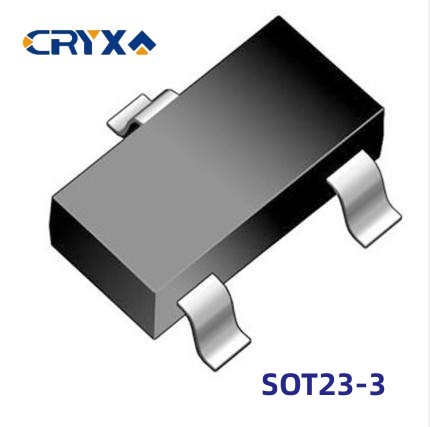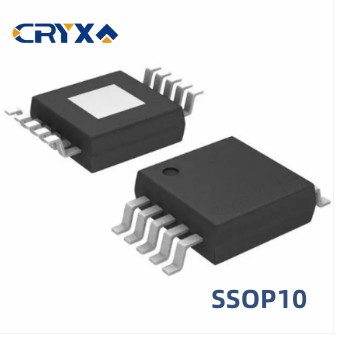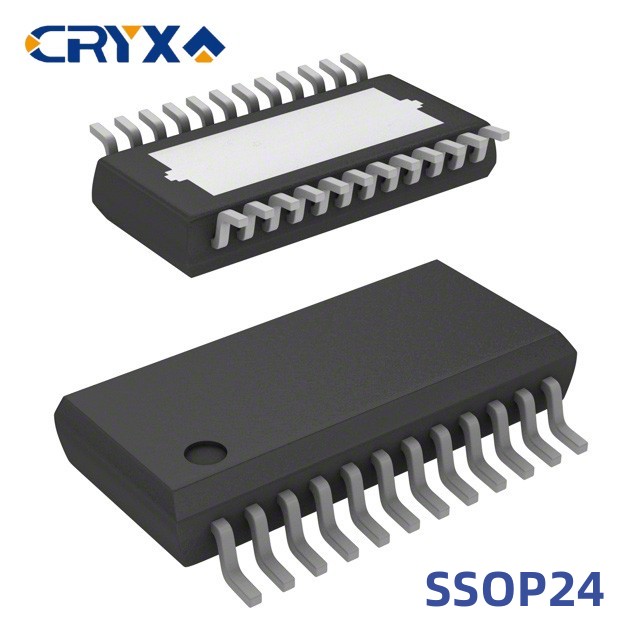Recently, Shanghai Xuanjie Technology Co., Ltd. underwent industrial and commercial changes, with its registered capital increasing from 1.5 billion yuan to 1.92 billion yuan.http://www.ic-bom.com/

Previously, Xiaomi Group President Lu Weibing stated at the Xiaomi financial report meeting that Xiaomi‘s determination to invest in self-developed chips will not waver. It is necessary to fully recognize the long-term and complex nature of chip investment, respect the development laws of the chip industry, prepare for a lasting battle, and prepare for a long-term struggle of 10 or 20 years. We cannot run a marathon at the speed of the "100 meter race". He also stated that the purpose of chips is to enhance the competitiveness and user experience of terminal products.
Xiaomi‘s Journey to Core Making
Pengpai S1
As early as 2014, Xiaomi collaborated with Lianxin to establish Pineapple Electronics.
In 2017, Xiaomi released its first self-developed mobile phone SoC chip, the surging S1. The Pengpai S1 is a self-developed chip released by Songguo Electronics on February 28, 2017 at the "My Heart Pengpai" Xiaomi Pineapple Chip Conference at the Beijing National Convention Center. It is equipped on the Xiaomi 5c.

The Pengpai S1 is an 8-core 64 bit processor, manufactured using a 28 nanometer process, with a maximum main frequency of 2.2 GHz. It is designed with large and small cores and is equipped with a Mali T860 quad core graphics processor and a 32-bit voice DSP.http://www.ic-bom.com/
Pengpai C1
In 2021, Xiaomi released its self-developed ISP chip, Pengpai C1. Unlike the surging S1, the surging C1 is an ISP chip, which is an independent mobile imaging chip. It uses self-developed ISP+self-developed algorithms to help mobile phones perform more precise and advanced 3A processing.
This 3A refers to AF focusing, AWB white balance, and AE automatic exposure. The surging C1 with dual filters can achieve parallel processing of high and low frequency signals, improving signal processing efficiency by 100%, and significantly improving 3A performance. The Pengpai C1 debuted on Xiaomi‘s MIX FOLD foldable screen phone.http://www.ic-bom.com/

Pengpai P1
Xiaomi‘s third self-developed chip is the surging P1. The Pengpai P1 is Xiaomi‘s first self-developed charging chip, responsible for providing users with ultra-high power fast charging with low temperature rise, high efficiency, and better compatibility. The Xiaomi Pengpai P1 is the industry‘s first resonant charging chip, with a 4:1 ultra high efficiency architecture with adaptive switching frequency. The resonant topology efficiency is as high as 97.5%, the non resonant topology efficiency is 96.8%, and the heat loss is reduced by 30% in a straight line. Through two surging P1 chips, 120W wired fast charging and 50W wireless fast charging can be achieved on a single cell solution.
The Xiaomi Pengpai P1 supports 1:1, 2:1, and 4:1 conversion modes, and all modes need to support bidirectional conduction, which gives the Xiaomi Pengpai P1 more "gameplay". The forward 1:1 mode (5V to 5V) improves the efficiency of bright screen charging, the forward 2:1 mode (10V to 5V) is compatible with more chargers, the forward 4:1 mode (20V to 5V) can support 120W surge charging, and the reverse 1:2/1:4 (5V to 10V/5V to 20V) mode can support up to 30W reverse charging.
Pengpai G1
In 2022, Xiaomi officially announced its fourth self-developed chip, the surging G1, which is a battery management chip. Xiaomi‘s mobile phone has officially announced that the Xiaomi 12S Ultra will be equipped with two self-developed chips, Xiaomi Pengpai P1 and Xiaomi Pengpai G1.

The Pengpai G1 is a brand new self-developed chip from Xiaomi, which is officially referred to as the BMS (Battery Management System), which draws on one of the most core technologies of electric vehicles. It can monitor battery safety in real-time at the millisecond level, achieve the industry‘s most accurate battery life prediction, and effectively improve the battery life of mobile phones.
Lei Jun stated that the addition of the surging P1 chip and the surging G1 chip has achieved self-developed battery management full link technology. The new aircraft equipped with these two chips will greatly improve the accuracy of battery life prediction and effectively enhance battery life. In addition to self-developed core manufacturing, Xiaomi has invested in over 100 semiconductor companies over the past 5 years.http://www.ic-bom.com/
According to titanium media reports, Xiaomi has laid out over a hundred semiconductor and electronics related hard technology companies through "Xiaomi Investment". Xiaomi Industrial Investment was established on December 7, 2017, jointly initiated by Xiaomi Corporation, Hubei Changjiang Fund, and Wuhan Optics Valley Fund. The registered capital is 12 billion yuan, with Xiaomi Corporation accounting for 80%. The main investor is Hubei Xiaomi Changjiang Industrial Fund Partnership (Limited Partnership), with Lei Jun serving as the chairman of Xiaomi Industrial Investment.

Since its establishment in 2017, Xiaomi Investment has invested in a total of 110 chip semiconductor and electronics related enterprises, including optoelectronic chips, automotive chips, semiconductor manufacturing equipment and other fields. In 2021 alone, Xiaomi Investment has strategically invested in 47 companies in the chip semiconductor and electronics fields, including Nanochip Micro and Black Sesame Intelligent.http://www.ic-bom.com/
Lei Jun, the founder, chairman, and CEO of Xiaomi Group, once told the media, "The hardware industry has a large number of technological barriers and accumulations, which are ultimately reflected in the form of chips. If Xiaomi wants to further move forward and become a truly global technology leader, I think we cannot bypass the power of chips.http://www.ic-bom.com/









